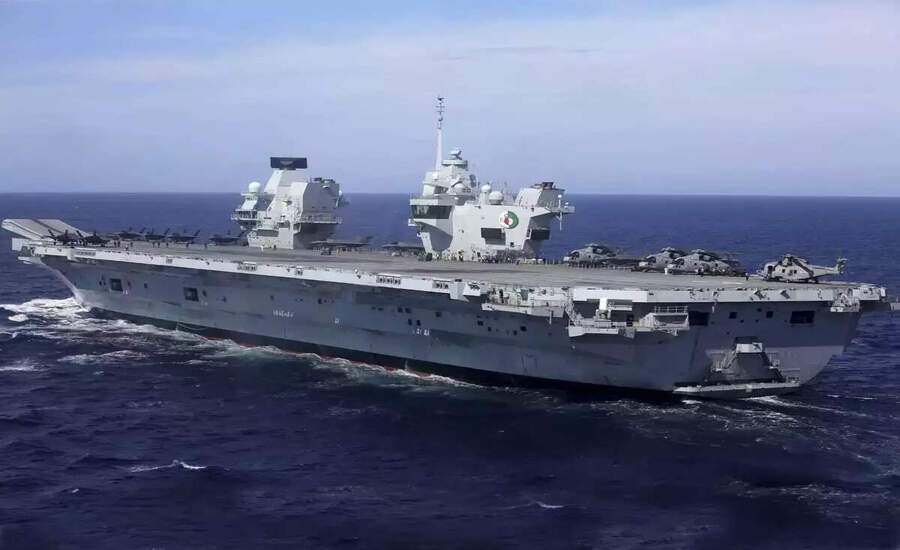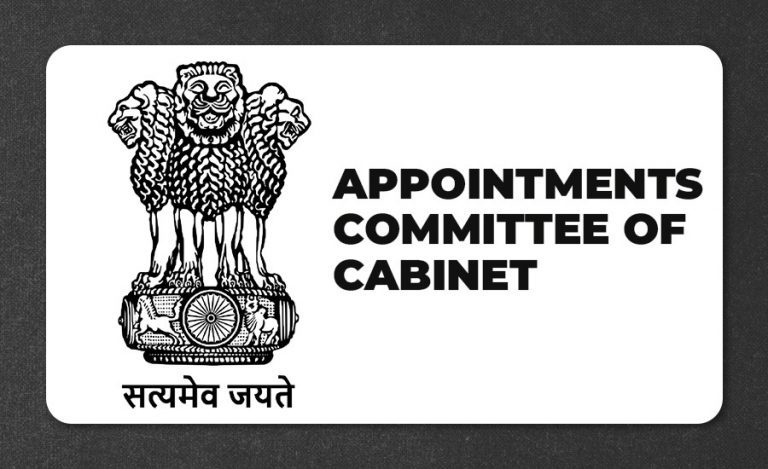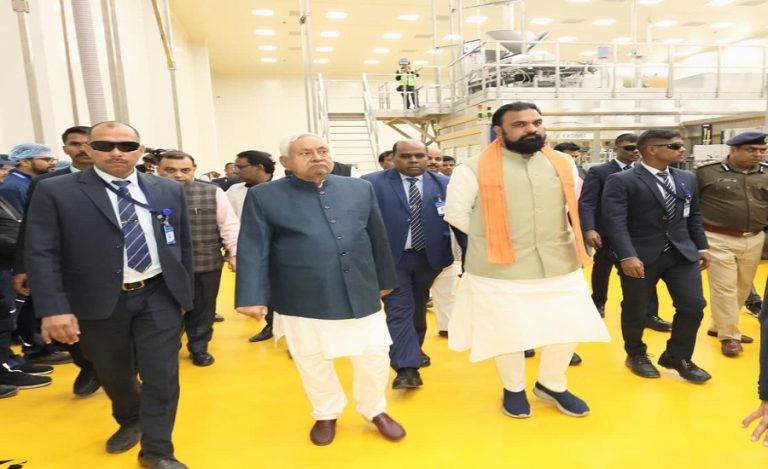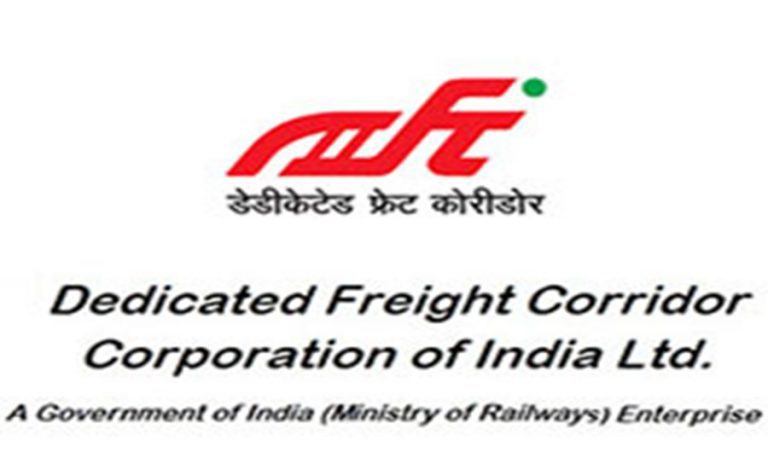Mumbai: Global engineering giant Rolls-Royce has announced its readiness to partner with the Indian Navy in developing and deploying India’s first electric warship.
The announcement came as the United Kingdom’s Carrier Strike Group (CSG), led by HMS Prince of Wales, docked in Mumbai this week during its Indo-Pacific deployment.
The move signals a major breakthrough in India’s journey toward sustainable maritime defence platforms and marks deepening Indo-UK naval cooperation.
Rolls-Royce India Brings Game-Changing Propulsion Technology
Abhishek Singh, Senior Vice President for India and Southeast Asia (Defence) at Rolls-Royce, emphasized the company’s capabilities in hybrid-electric and full-electric propulsion systems that align with India’s naval modernization vision.
“Rolls-Royce is well-positioned to support India’s naval modernisation with the right mix of products, expertise and experience in delivering integrated hybrid-electric and full-electric propulsion systems,” Singh stated.
He highlighted that the company’s MT30 marine gas turbine has already set new benchmarks in power density and reliability globally.
With extensive experience supporting naval operations worldwide, Rolls-Royce is committed to providing next-generation solutions for India’s self-reliant defence force.
HMS Prince of Wales Showcases Advanced Power Systems
The arrival of HMS Prince of Wales in Mumbai provided Indian naval officials with firsthand exposure to Rolls-Royce’s propulsion innovation in action.
The Royal Navy’s flagship carrier is powered by Rolls-Royce’s MT30 marine gas turbine, which forms the core of its Integrated Full Electric Propulsion (IFEP) system.
Two MT30 gas turbine alternators each generate 36 megawatts (MW) of power. Combined with four medium-speed diesel generators, they deliver a total output of 109 MW—sufficient to power a small town.
This demonstration underscored the scalability and efficiency of electric propulsion systems for future Indian warship programs.
Strategic Partnership For Indigenous Manufacturing
Alex Zino, Director of Business Development and Future Programmes at Rolls-Royce, called the visit a “wonderful opportunity” to familiarize Indian defence stakeholders with world-leading naval technologies that can strengthen the Indian Navy’s operational reach, resilience, and readiness.
Zino revealed that Rolls-Royce is actively expanding its supply chain, advanced manufacturing, and defence engineering capabilities in India.
This expansion positions the company as a key partner in India’s defence modernization efforts across air, land, and sea domains.
The collaboration supports the ‘Make in India’ and ‘Atmanirbhar Bharat’ initiatives by enabling local production and technology absorption within India’s defence ecosystem.
Benefits Of Electric Warship Technology
Electric propulsion systems offer multiple operational advantages over traditional mechanical propulsion:
Reduced Carbon Emissions: Significantly cleaner operations aligned with global sustainability goals.
Enhanced Stealth: Quieter operations improve tactical advantages during missions.
Better Energy Management: Optimized power distribution for propulsion and combat systems.
Modular Design: Easier maintenance and future upgrades for advanced weapon systems.
Fuel Efficiency: Improved range and operational endurance.
The integrated full-electric propulsion (IFEP) technology replaces traditional mechanical shafts with electrical power distribution networks that simultaneously drive propulsion motors and support advanced sensors, radar, and combat management systems.
Excellent Proven Global Track Record of Rolls-Royce India
Rolls-Royce’s MT30 marine gas turbine already powers several next-generation vessels worldwide, including:
- Royal Navy’s Queen Elizabeth-class aircraft carriers
- US Navy’s Freedom-class Littoral Combat Ships
- Italian Navy’s Cavour-class carriers
Other vessels in the UK’s Carrier Strike Group visiting India—including HMS Richmond and an Astute-class submarine—also feature Rolls-Royce propulsion systems ranging from Spey marine gas turbines to nuclear steam raising plants.
90-Year Legacy In India
With a presence spanning nine decades in India, Rolls-Royce has established strong local partnerships, academic collaborations, and a robust engineering ecosystem.
Currently, over 1,400 Rolls-Royce engines power platforms across the Indian Air Force, Navy, Coast Guard, and Army.
The company employs more than 4,000 people across its Indian operations, demonstrating its long-term commitment to the nation’s defence sector.
Future Of Indian Naval Power
If realized, this partnership could position India among global pioneers in electric naval propulsion systems.
Future Indian electric warships are expected to utilize IFEP technology, marking a strategic evolution toward building sustainable, intelligent, and power-efficient combat platforms.
The collaboration also strengthens India’s maritime defence capabilities in the Indo-Pacific region amid growing security challenges. The timing of this announcement, coinciding with high-level Indo-UK diplomatic engagements, reflects the strategic importance both nations place on defence and technology partnerships in an evolving geopolitical landscape.



























